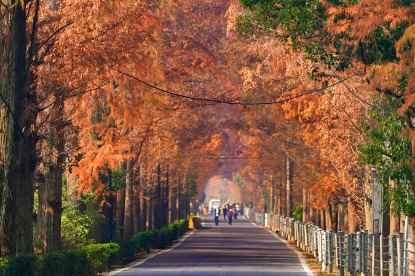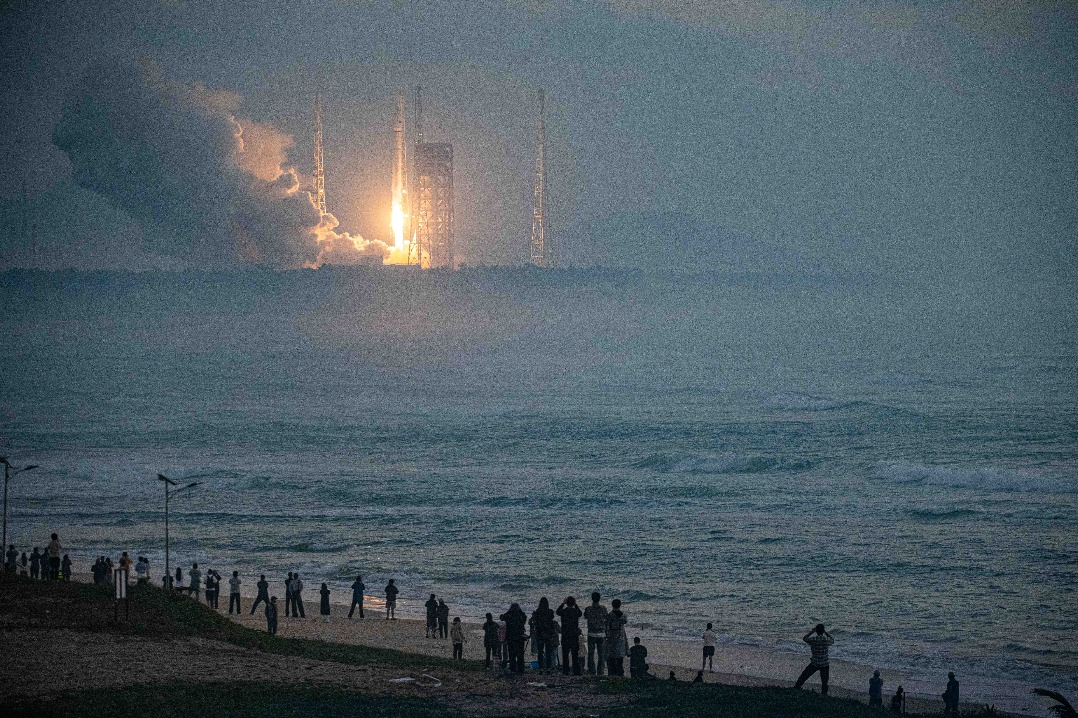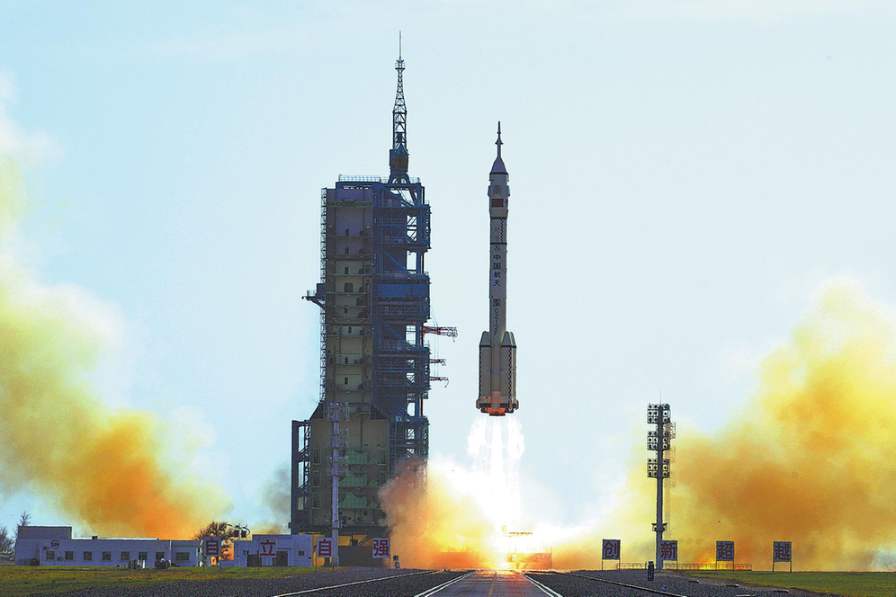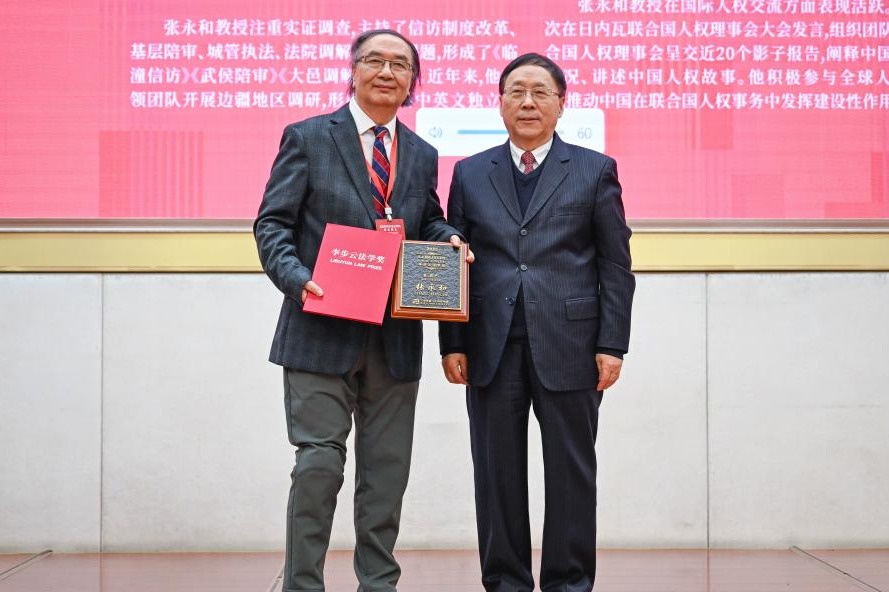Archaeology and museology gain traction at colleges

Huang Tingting still remembers visiting the Shanghai Jewish Refugees Museum when she was a senior high school student. When she learned about the lives of Jewish refugees at the time, like the surroundings they replicated, and the friendship between Shanghai and the Jewish people, she was deeply moved.
It made the now 24-year-old realize the value of museums, and was what prompted her to become a cultural heritage and museum studies major when she was admitted to Fudan University in 2017.
"Compared to learning history in books with words and pictures, visiting a museum is a more vivid way to tell stories of the past. It moved me, and I believe it will move more people," Huang said.
News of straight-A students choosing archaeology and museology majors has aroused heated discussion online in recent years. It seems the majors, which were not considered worthwhile in the past, are gaining increasing popularity.
"I became interested in archaeology after reading novelty books about it at primary school. Then in senior high school, I started to read about archaeological studies and realized that it is a multidisciplinary subject about uncovering ancient society and I appreciated it more," said Peng Hao, a cultural heritage and museum studies undergraduate at Nankai University in Tianjin.
He entered the Faculty of History in 2019. After a year of general education, he chose archaeology as a sophomore, and wants to become an archaeologist in the future.
Huang, who is now an archaeology postgraduate at Fudan, has fixed her attention on museums, and wants to become a curator. "With so many reality shows about cultural relics becoming popular, and support from the government for the development of cultural causes, museums have become hot items in recent years. As public institutions providing a cultural service, they are attracting more and more visitors," she said.
There were 5,788 museums in China by the end of 2020, according to the National Cultural Heritage Administration. "About 70 percent have been built in the last 20 years. Since about 2003, we have seen an increase of 200 to 300 museums each year," said Pan Shouyong, a museology professor at Shanghai University.
"It is generally believed when per capita annual income reaches $8,000, museums will enter a period of rapid expansion. It seems that our country basically complies with this rule," he added.
According to Pan, before COVID-19, 1.2 billion visits were made to museums per year. Even in 2020, when many closed for long periods because of the epidemic, that figure was still close to 600 million.
In addition to museums, educational institutions are also looking for archaeology and museology professionals to help design tours, especially with the implementation of the national "double reduction" policy, which aims to ease the burden of excessive homework and off-campus tutoring for students in compulsory education, and raise interest in art and sports.
"Since the profession is developing rapidly, its eagerness for talented people is obvious," said Pan.
Some universities have started to increase enrollment in both majors. According to Huang, several years ago, the Department of Cultural Heritage and Museology at Fudan took in about 30 postgraduate students each year, and now that number is closer to 60.
But this newfound popularity is relative. Compared to majors like economy and law, archaeology and museology are still far from being "hot". According to Pan, there are fewer than 2,000 archaeology and museology graduates in China each year.
"This profession is about unknown things and curiosity, and it can be very rewarding, psychologically. I hope students who really have an interest will pursue it," Pan said.
- Memorial ceremony remembers victims of Nanjing Massacre
- Louvre's largest showcase in China goes on display at Museum of Art Pudong in Shanghai
- Indonesian foundation to fund students, school administrators to exchange and study in Tianjin
- Archives detailing crimes of Japanese unit released
- 'Reservoirs of primordial water' may be buried deep within Earth
- China remembers victims of Nanjing Massacre, 88 years on




































